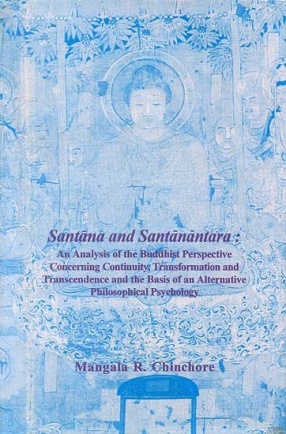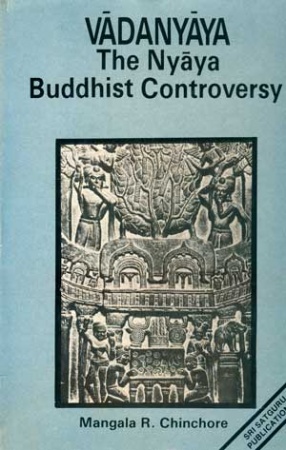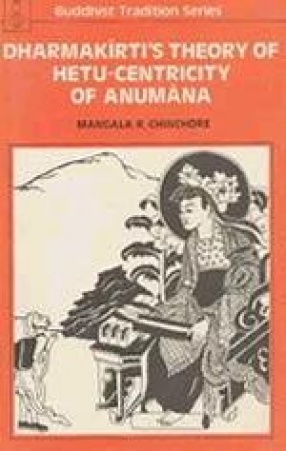Within Buddhist conceptual framework in general and in the world of Buddhist Scholarship in particular the present work is the first full-scale inquiry into the rationale of the acceptance of two important concepts in Buddhist philosophy, viz. Santana and Santanantara. In the work, the rationale of their acceptance and intricate mode of inter-relationship has been explained in great detail. And it has been argued that their acceptance paves way for (a). philosophically satisfactory account of continuity, transformation and transcendence-no matter in case of isolated or inter-related items, and (b) laying foundation of an alternative philosophical psycho- logy in Buddhist Philosophy. It is argued that these features of them hold even in the face of acceptance of complete discreteness and literal momentariness. Assessing pioneering importance of the works of Dharmakirti like the Santanantara-siddhi on these counts, it has been maintained that such an account of continuity, transformation and transcendence on the one hand and adoption of an alternative philosophical psychology on the other has to be embedded in the conception of the three major pillars of Buddhism viz. Duhkha, Anatmata and Anityata together with complex sort of inter-relationship between them. The work, thus, underscores the unmistakable importance of the three pillars under consideration in general and of Anityata in particular in properly under- standing Buddhist ontology, epistemology, anthropology and psychology along with complex inter-relationship between them. This is, further, sought to be done in such a way that philosophically significant account of continuity, transformation etc. does not fail to be available in the Buddhist conceptual framework.
Santana and Santanantara
In stock
Free & Quick Delivery Worldwide
Bibliographic information
Title
Santana and Santanantara
Author
Edition
1st. ed.
Publisher
ISBN
8170304938
Length
362p., 9 inch X 5.5 inch
Subjects








There are no reviews yet.